Although New Zealand is closely associated with the production of white wine, you might be surprised to learn that the nation produces a mere one percent of the world’s overall wine. The overwhelming majority of the wine that is produced is sauvignon blanc, the white wine that most people associate with New Zealand. Along with sauvignon blanc, the nation produces an array of white wines. Chardonnay is a clear leader the further north in New Zealand you travel, but pinot gris and Riesling are also making waves and being planted in increasingly large numbers each season. If you are interested in trying some of the famed white wine from New Zealand, much of which is characterised as vibrant thanks to hints of grass and fruit, then be sure to include stops at the following wineries during your oenophile’s trip through New Zealand.
 Waipara Springs Winery
Waipara Springs Winery
This boutique winery and vineyard is found in the Waipara Valley region of New Zealand, which is just a short drive from Canterbury. Their vineyard covers more than 26 hectares, and they fill the space with Riesling, sauvignon blanc and Gewurztraminer varietals. Perhaps the most popular, however, is the winery’s Chardonnay. Each sip of this white wine reveals the limestone in the area’s soil, and there are clear hints of fruits and hazelnuts. With the exception of a handful of public holidays, the Waipara Springs Winery is open daily from 10 a.m. until 4 p.m., and visitors can enjoy tastings of a full wine flight or just a single glass. The onsite cafe pairs local wines with gourmet cuisine that features ingredients from the region.
Julicher Estate Winery
This charming winery in the Te Muna Valley is just minutes from the Martinborough, and it is run by a couple who aim to produce the best possible wines in New Zealand. Their operation may be small compared to the larger vineyards in New Zealand, but their careful touch results in arguably better-tasting wine. The grapes are plucked from the vines and hand-carried to the attached winery, which guarantees that no preserving agents or needed or any grapes are crushed by machines. Visitors have their own favourites, but the pinot gris is a universal winner thanks to its sweet and fruity aroma and clear pear taste. You will have to call the estate to visit, but they welcome interested wine lovers throughout the year.
Misssion Estate
To truly appreciate the history of making wine in New Zealand, travellers should visit the Mission Estate. This winery is the oldest in the country and was founded in 1851. Twice daily, there is a historic tour that gives information about the founding brothers of the estate, the architecture and, of course, the wines. The Cellar Door is the tasting room, which is open daily from 10 a.m. to 5 p.m. and offers free tastings as well as full flights for a small fee. The onsite restaurant boasts a European menu with traditional local ingredients, and the wine pairings are inspired. Be sure to try the sparkling Mission Fête if you are there for a special occasion.
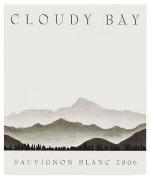 Cloudy Bay
Cloudy Bay
Even wine lovers who don’t have extensive background knowledge of New Zealand’s wine industry have likely heard of Cloudy Bay. This estate makes what is perhaps the most iconic wine of New Zealand, and it was here that the idea of a fresh, grassy sauvignon blanc was brought to the global table. The original vineyard grows exclusively sauvignon blanc, but their newer vineyards also produce pinot noir, chardonnay and Gewurztraminer. Cloudy Bay Estate is open daily from 10 a.m. until 5 p.m. for tastings and sales, and you are welcome to use the grounds as a place to relax or have a picnic. Tours are available for a fee of $20 per person, and they allow you to see the grounds and the exclusive cellars.
To truly get a feel for white wine production in New Zealand, it is important to look beyond just the sauvignon blancs. Visit a combination of large estates and smaller boutique wineries to understand the local wine culture, the different varietals grown in the country and the variety of tastes that can be produced within New Zealand as a whole.



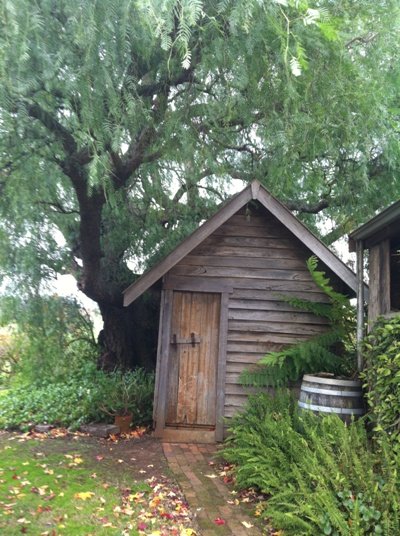
 Waipara Springs Winery
Waipara Springs Winery Cloudy Bay
Cloudy Bay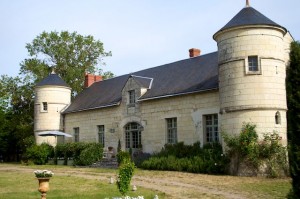
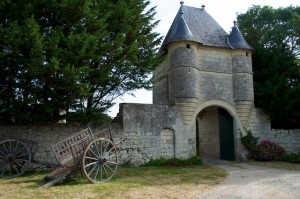
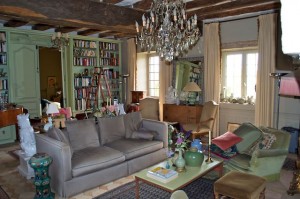

 Entries (RSS)
Entries (RSS)